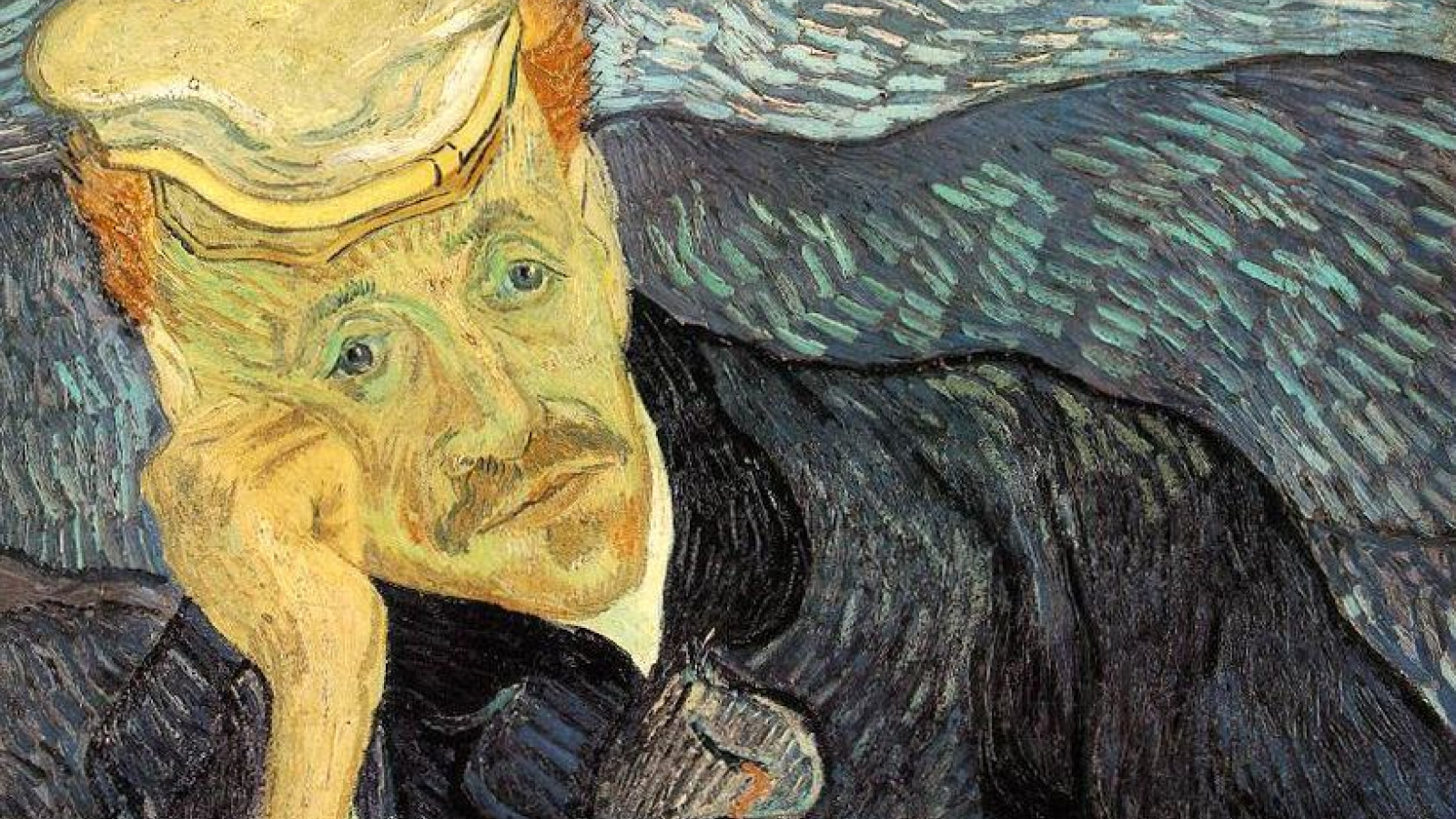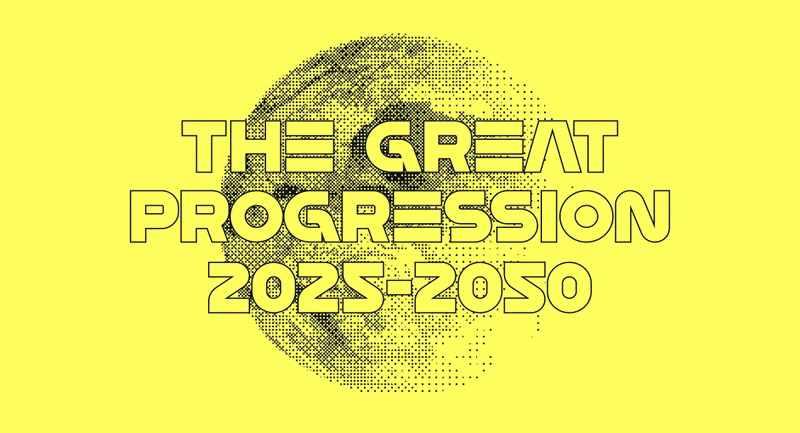Technology for a Cause

The XO 3.0 tablet was one of the most talked about gadgets at this year’s Consumer Electronic Show in Las Vegas. The tablet has a hand cranked accessory that powers the device which can run on Linux or Android. This is helpful for children living in rural areas of developing countries where there is no electricity. The tablet was created by One Laptop per Child, a non-profit organization that also created a low-cost laptop in 2008 for kids in poor countries.
But they aren’t the only ones developing sensible and affordable technology to empower those living in impoverished countries. Here are some other tech savvy innovators who made the news recently for creating tools that promote good health, economic stability and education for those who need it most. Can you think of any to add to this list?
Embrace – This non-profit developed an infant body warmer with a non-electricity heat source for babies born in countries that lack modern medicine and electricity for incubators. By providing affordable solutions to hypothermia, they “will save the lives of roughly 100,000 babies, and prevent lifelong illness in 800,000 babies who would otherwise have grown up sickly.”
AppLab – AppLab, an organization funded by the Grameen Foundation, uses communication technology to provide real time agricultural, health information and other useful news to help people in places like Uganda and Indonesia combat poverty and disease. “For example, through a simple text message a farmer can receive tips on treating crop diseases, learn local market prices, or get advice on preventing malaria.”
NCR – Cash register and ATM machine manufacturer is developing an easy-to-use pillar ATM machine for people in countries with high illiteracy rates both in language and in finance. “The pillar ATM’s form and function are the result of considerable socioeconomic research in low- and middle-income countries—including how and when residents in rural areas use money, the utility of ATMs to people whose clothing often lacks pockets and the practicality of delivering modern banking services to a population literally unable to read the fine print,” according to Scientific American.
WAKAWAKA – A compact solar powered LED lamp that doubles as a mobile phone charger designed for those living in the developing world. The creators are currently soliciting funding on Kickstarter and their goal is to manufacture the lamp at such a low cost that they’d be able to sell it to people in rural areas for less than ten dollars.
Lifestraw – Europe-based Vestergaard Frandsen, creators of disease control products made Lifestraw, a small plastic tube that functions as a portable water filter to protect users against water borne illnesses. It costs five dollars to make. Their stated goal for their Carbon for Water program is to distribute 900,000 LifeStraw Family water filters to approximately 90 percent of all households in the Western Province of Kenya. This translates to safe drinking water for four million people.
SunSaluter – The creator of this product is probably the youngest in this round-up. Nineteen-year-old Princeton student Eden Full created a solar panel that rotates to face the sun, which increases the panels’ efficiency by 40 percent. The technology uses coils that expand and contract according to outdoor conditions which means no electricity is needed to power the panels. Full was the winner of Mashable’s Startup for Good Challenge.





